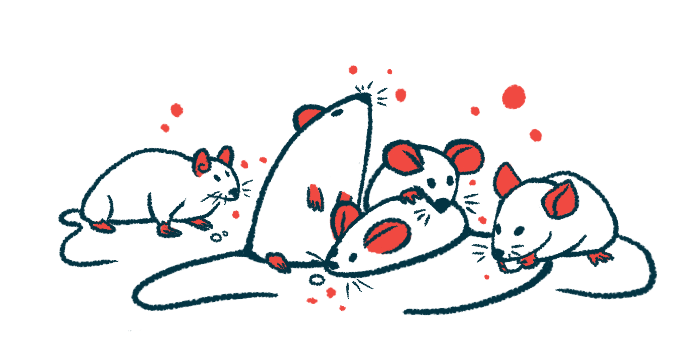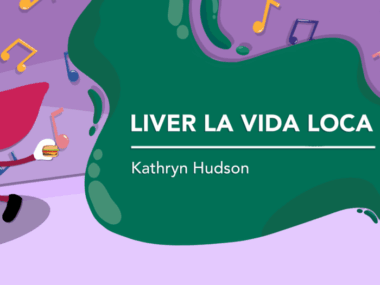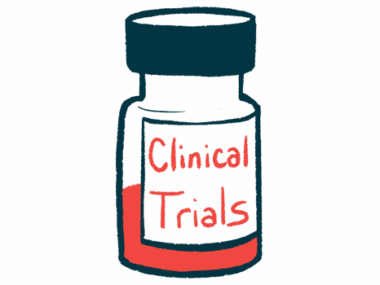Intermittent fasting protects against fatty liver disease in mouse models
Fasting two days a week and in 24-hour cycles most effective in mice
Written by |

An intermittent fasting regimen reduced liver fat buildup and lowered the likelihood of liver cancer in mouse models of metabolic dysfunction-associated steatohepatitis (MASH), a severe form of fatty liver disease, a new study reports.
“The vicious circle of an unhealthy diet, obesity, liver inflammation, and liver cancer is associated with major restrictions and suffering for those affected and also represents a considerable burden on healthcare systems,” Mathias Heikenwälder, PhD, the study’s senior author at the German Cancer Research Center, in Heidelberg, Germany, said in a center press release. “We have therefore investigated whether simple dietary changes can specifically interrupt this fatal process.”
In intermittent fasting no food is ingested in two nonconsecutive days of the week.
So-called 5:2 intermittent fasting led to metabolic rewiring in the liver, changing the production of certain proteins that may be possible therapeutic targets in MASH, a condition where liver fat buildup leads to inflammation that can progress to permanent scarring, or cirrhosis, and set the stage for liver cancer. MASH was formerly known as nonalcoholic steatohepatitis, or NASH.
The data showed “5:2 intermittent fasting has great potential — both in the prevention of MASH and liver cancer, as well as in the treatment of established chronic liver inflammation,” Heikenwälder said, adding the preclinical findings “justify studies in patients.”
The study, “A 5:2 intermittent fasting regimen ameliorates NASH and fibrosis and blunts HCC development via hepatic [PPAR-alpha] and PCK1,” was published in Cell Metabolism.
Benefits of 5:2 intermittent fasting in mice
A high-fat, high-sugar diet — typical of many Western countries — obesity, and high alcohol intake are known risk factors of fatty liver disease and MASH. As such, lifestyle and dietary changes are considered a critical part of managing the disease.
In experiments, Heikenwälder and his colleagues fed male mice a high-fat, high-sugar diet, which triggers MASH in mice. Some were given free access to the food seven days a week. Others underwent a 5:2 intermittent fasting regimen where they had no access to food on two nonconsecutive days.
The mice undergoing intermittent fasting tended to gain less body fat and they were less likely to develop MASH. In other studies with mice that already had established MASH, intermittent fasting reduced disease severity, fat liver buildup, liver scarring, and the chances of developing liver cancer.
Tests to optimize intermittent fasting showed fasting two days a week was more effective than fasting one day a week and fasting cycles that lasted 24 hours were more effective than 12-hour ones, even if the total time spent fasting was equivalent.
The beneficial effects of 5:2 intermittent fasting weren’t because the mice were eating less food overall. While the intermittent group skipped meals on two days, they gorged themselves on the other five days, so the number of calories consumed over a week was similar between the groups.
This implied that intermittent fasting must cause changes in the mice’s metabolism, leading them to put on less fat even though they consumed the same number of calories.
Indeed, fasting led to changes in how the liver was taking up blood sugar and processing a type of fatty molecule called fatty acids, while antioxidant-related molecules were increased.
“The fasting cycles lead to profound metabolic changes, which together act as beneficial detoxification mechanisms and help to combat MASH,” Heikenwälder said.
Role of two fat-processing proteins
Tests showed that PPAR-alpha and PCK1, two proteins that help regulate how the liver processes fats, are produced at higher levels when mice fast. Levels of these proteins are reduced in mouse models of MASH, and in people with the disease.
When the scientists genetically engineered healthy mice to lack both proteins, intermittent fasting had much less of an effect on liver fat buildup. All in all, the data indicate that one of the main ways intermittent fasting combats fatty liver disease is by increasing PPAR-alpha and PCK1.
For this reason, medications to increase the activity of these proteins might be effective MASH treatments. To test this, the researchers treated healthy mice with pemafibrate, a fat-lowering drug that activates PPAR-alpha. They found it activated some, but not all, of the molecular pathways in the liver that were triggered by intermittent fasting.
This lackluster finding was “hardly surprising” given that pemafibrate targets only one of the two key molecular players, according to Heikenwälder.
There is no drug to activate PCK1, but if such a therapy could be created and combined with a PPAR-alpha-activating drug like pemafibrate, it “may yield even greater results,” the researchers wrote.






